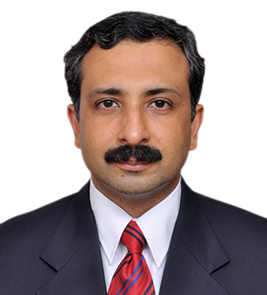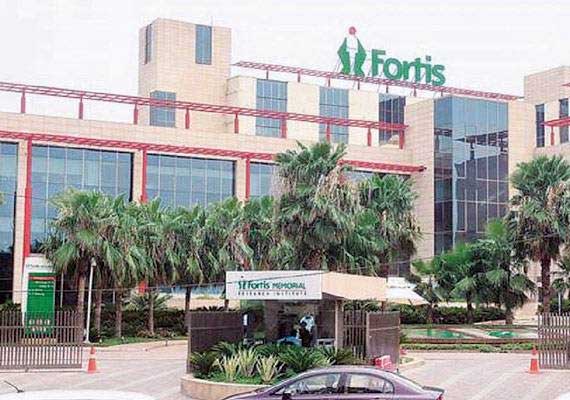BT Shunt Treatment in India
treatment
starting from
Introduction:
Modern medical advancements have led to remarkable breakthroughs in pediatric cardiac surgery, offering hope and renewed life to thousands of infants born with congenital heart defects. Among these life-saving procedures, the Blalock-Taussig (BT) shunt stands as a pioneering technique that has significantly improved the outcomes of infants with certain heart conditions. In this blog, we will explore what a BT Shunt is, the conditions it addresses, the surgical procedure involved, and the impact it has on the lives of young patients and their families.
What is a BT Shunt?
The Blalock-Taussig shunt, commonly referred to as the BT shunt, is a surgical procedure designed to improve blood flow to the lungs in infants born with certain congenital heart defects. It is named after the remarkable surgeons, Dr. Alfred Blalock and Dr. Helen Taussig, who pioneered this technique in the early 1940s.
The BT shunt involves creating a bypass between the aorta (the main artery that carries oxygen-rich blood from the heart to the body) and the pulmonary artery (the vessel responsible for carrying oxygen-depleted blood from the heart to the lungs). By connecting these two major blood vessels, the shunt allows a controlled flow of blood to the lungs, bypassing any obstruction or inadequacy in the pulmonary circulation.
Conditions Treated with a BT Shunt:
The BT shunt is primarily used to treat two common congenital heart defects in infants:
- Tetralogy of Fallot (ToF): This is a complex heart defect characterized by four distinct abnormalities, including a ventricular septal defect (VSD), pulmonary stenosis (narrowing of the pulmonary valve and artery), overriding aorta (the aorta is positioned over both ventricles), and right ventricular hypertrophy (thickening of the right ventricular muscle). The BT shunt helps increase blood flow to the lungs, reducing cyanosis (bluish discoloration) and improving oxygenation.
- Pulmonary Atresia: In this condition, the pulmonary valve does not develop properly, leading to an obstruction between the right ventricle and the pulmonary artery. The BT shunt allows blood to flow from the aorta to the pulmonary artery, ensuring adequate oxygenation.
The Surgical Procedure:
The BT shunt is typically performed in the first few months of an infant's life. The procedure can be carried out in two main ways:
- Classic BT Shunt: In this traditional approach, the surgeon creates a small incision on the side of the chest. They then access the subclavian artery (a branch of the aorta) and connect it to the pulmonary artery using a synthetic tube, forming the shunt. This redirects blood from the aorta to the pulmonary artery, alleviating the cyanosis and enhancing oxygen saturation.
- Modified BT Shunt: An alternative to the classic approach, the modified BT shunt involves using the carotid artery instead of the subclavian artery for creating the shunt. This variation is preferred in some cases, especially if the subclavian artery has other anomalies or is not easily accessible.
Post-Surgery and Long-term Outlook:
Following the BT shunt procedure, infants are carefully monitored in the intensive care unit. The aim is to ensure stable blood flow and oxygenation. Most patients will require further surgical interventions as they grow, like corrective surgery to address the underlying heart defect or a total repair of the heart.
Advancements in pediatric cardiac surgery have significantly improved the long-term outcomes for infants with BT shunts. Many children go on to lead fulfilling lives with relatively normal heart function and the ability to participate in regular activities.
Conclusion:
The BT shunt is a groundbreaking surgical intervention that has transformed the outlook for infants born with certain congenital heart defects. Thanks to the pioneering work of Dr. Alfred Blalock and Dr. Helen Taussig, this procedure has saved countless lives and provided hope to families facing challenging circumstances. As medical science continues to evolve, we can look forward to even more remarkable developments in pediatric cardiac surgery, enhancing the quality of life for young patients with congenital heart conditions.
How It Works
Need help in organizing medical travel to India?














